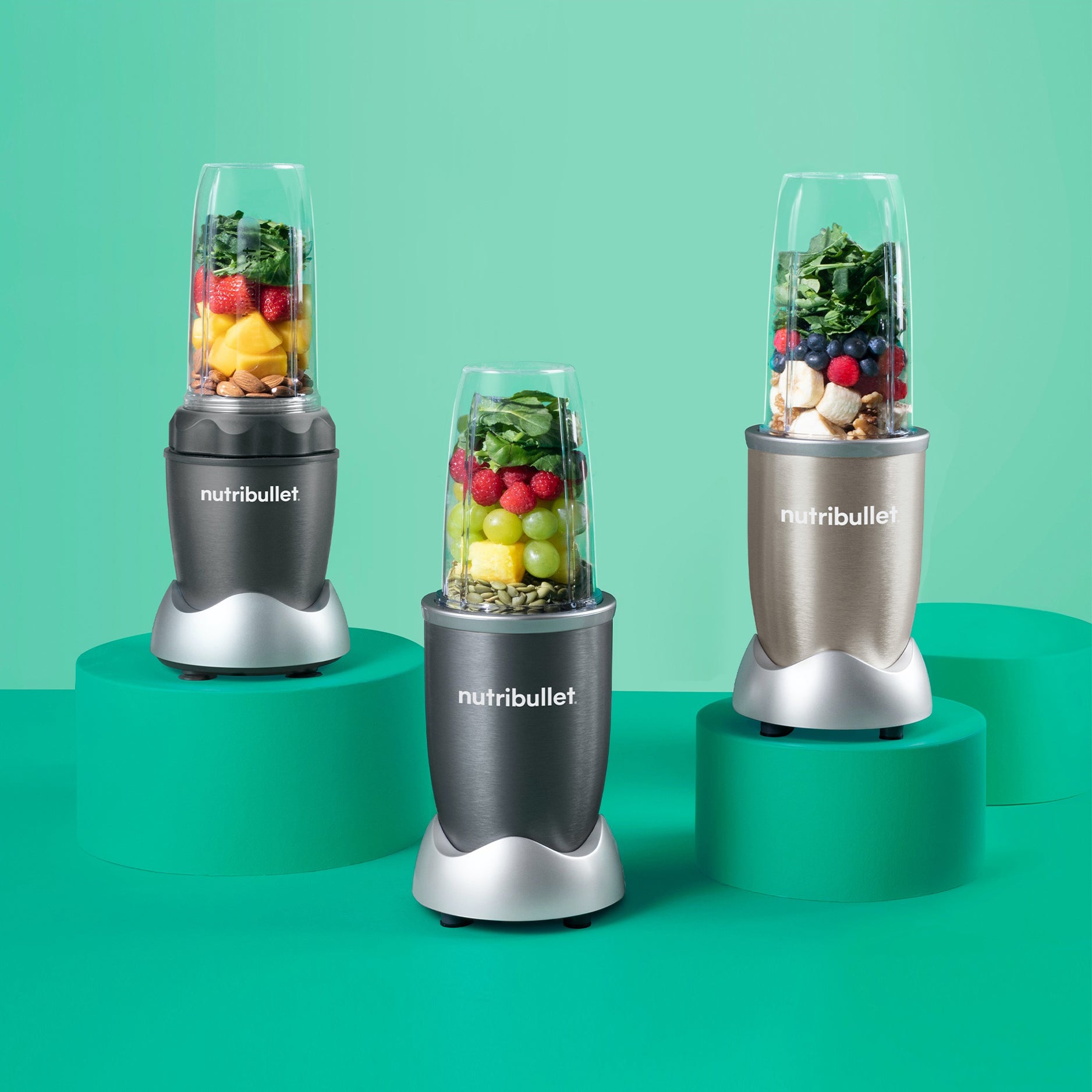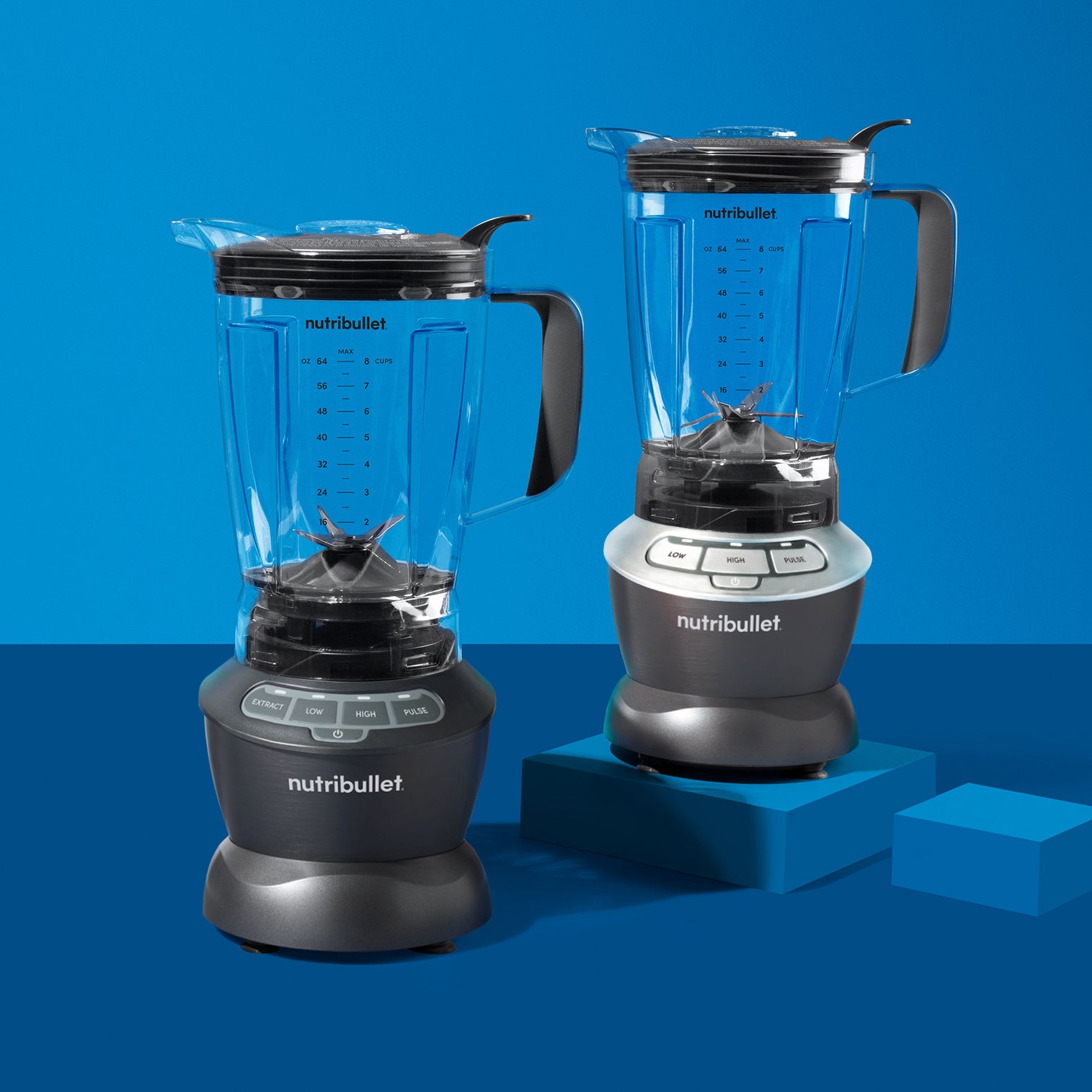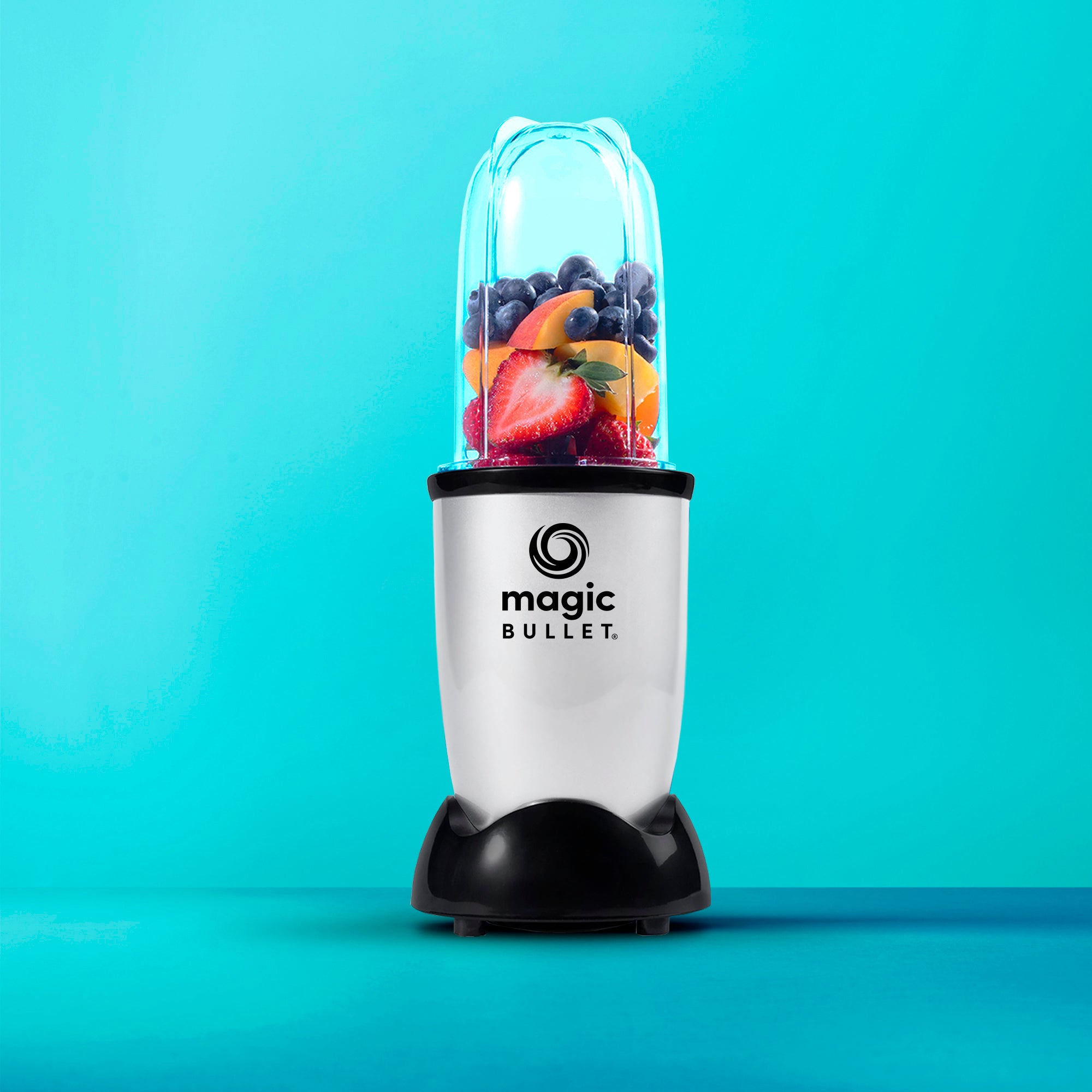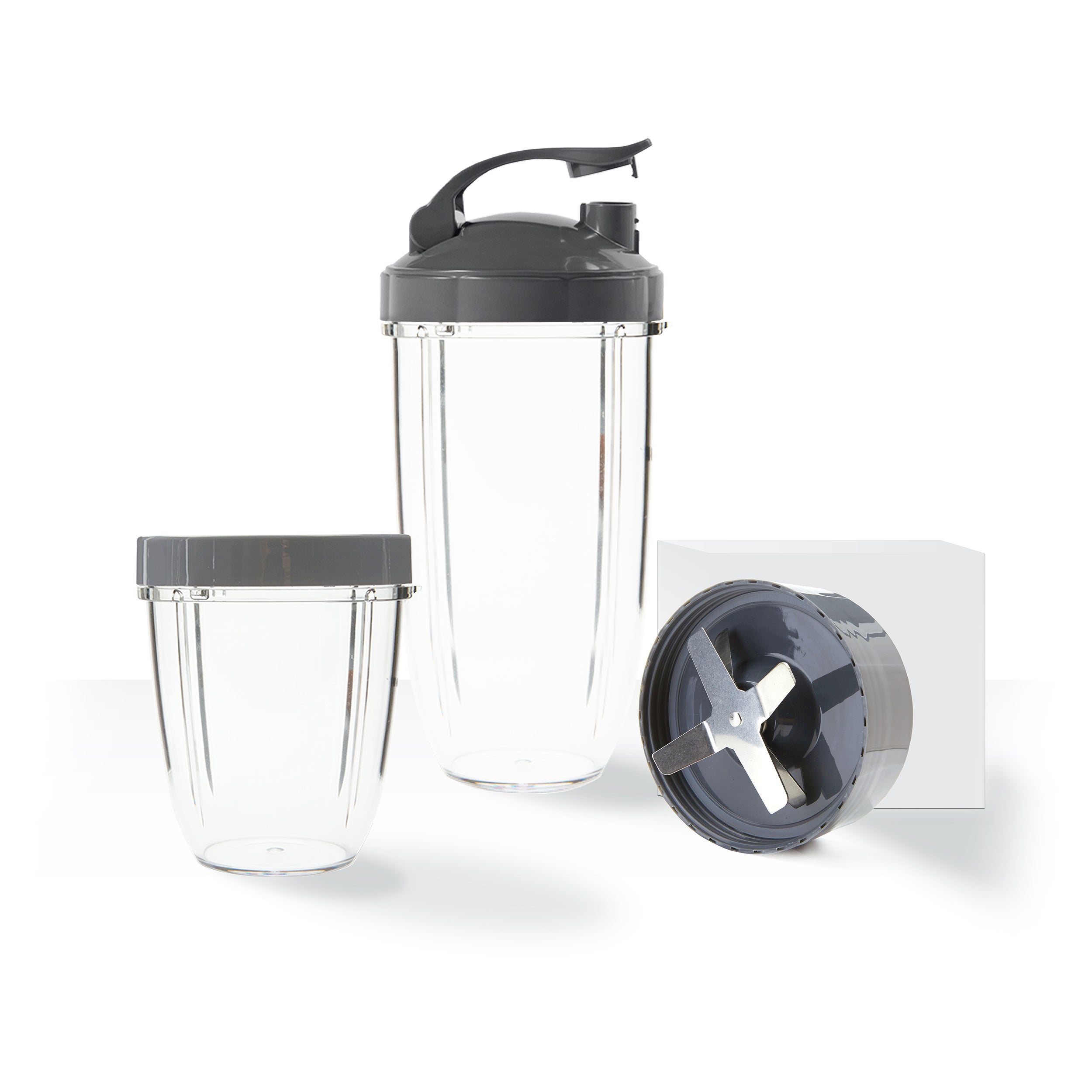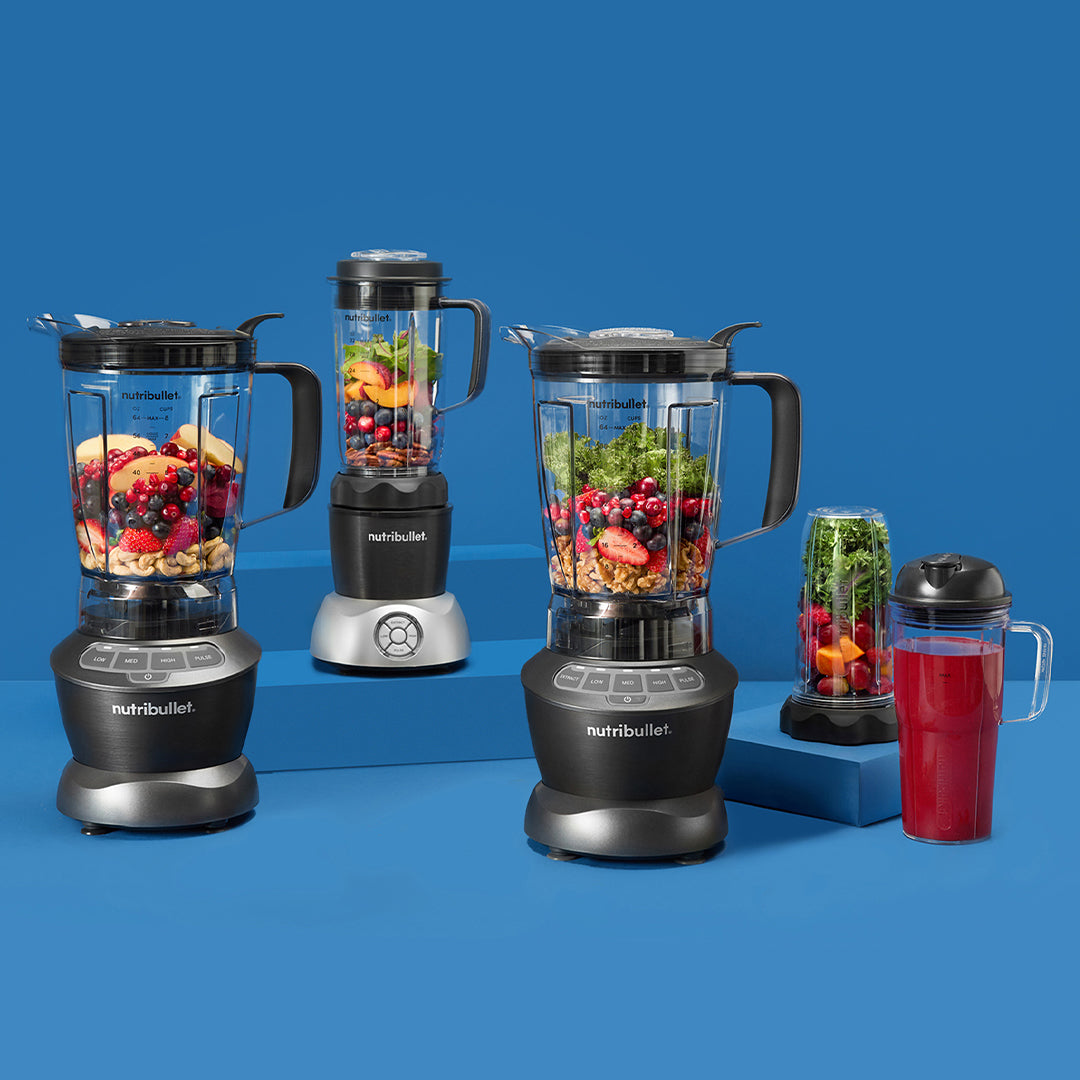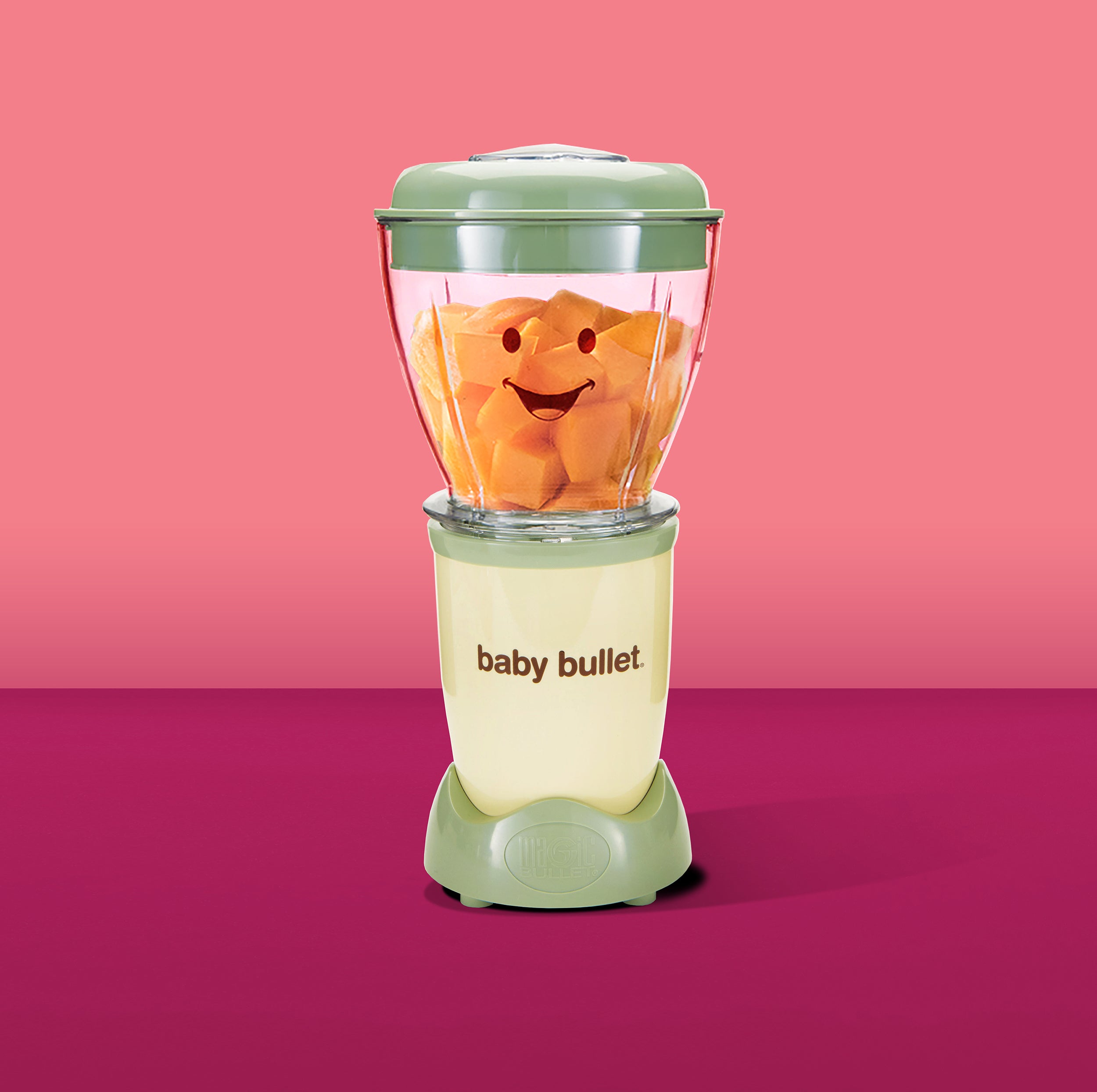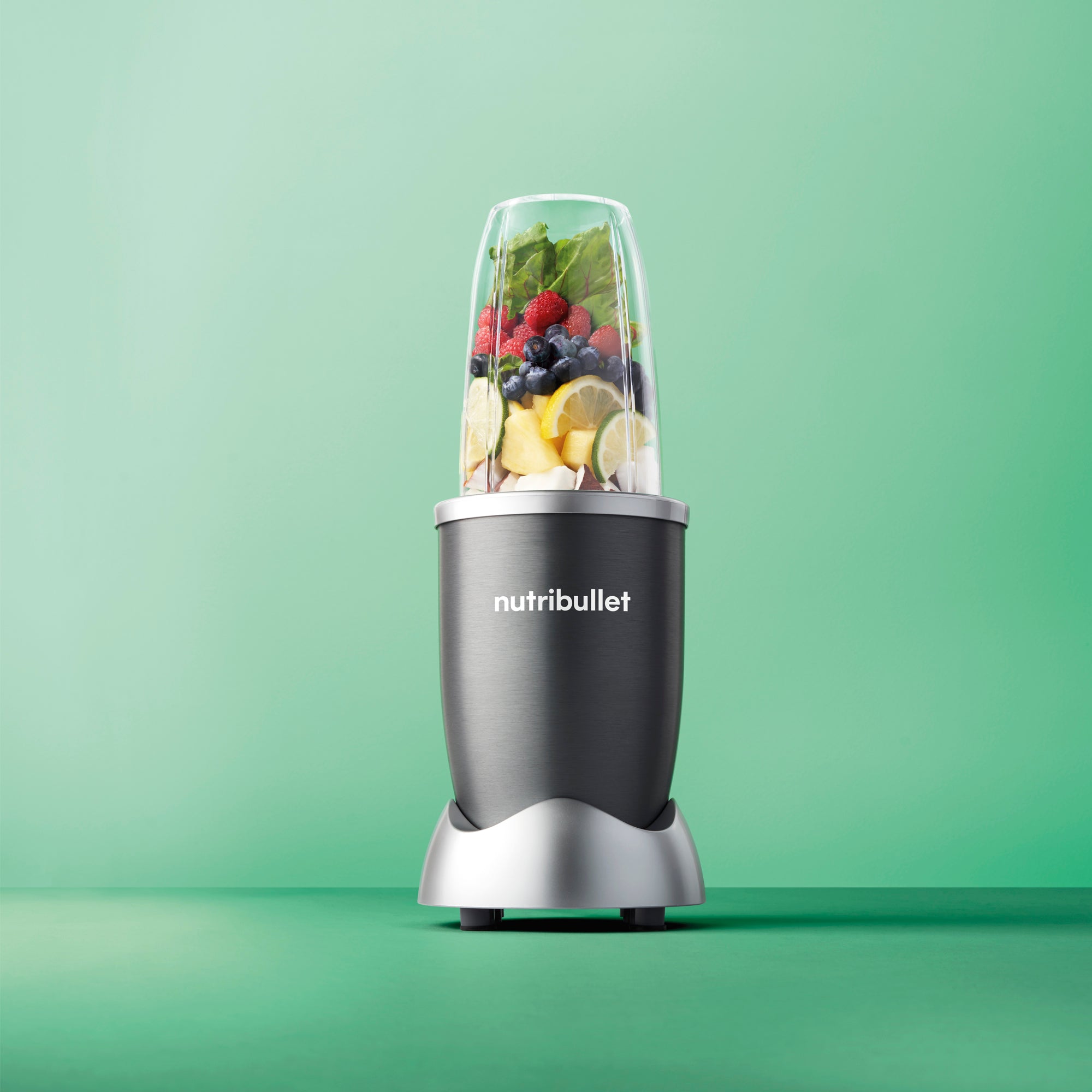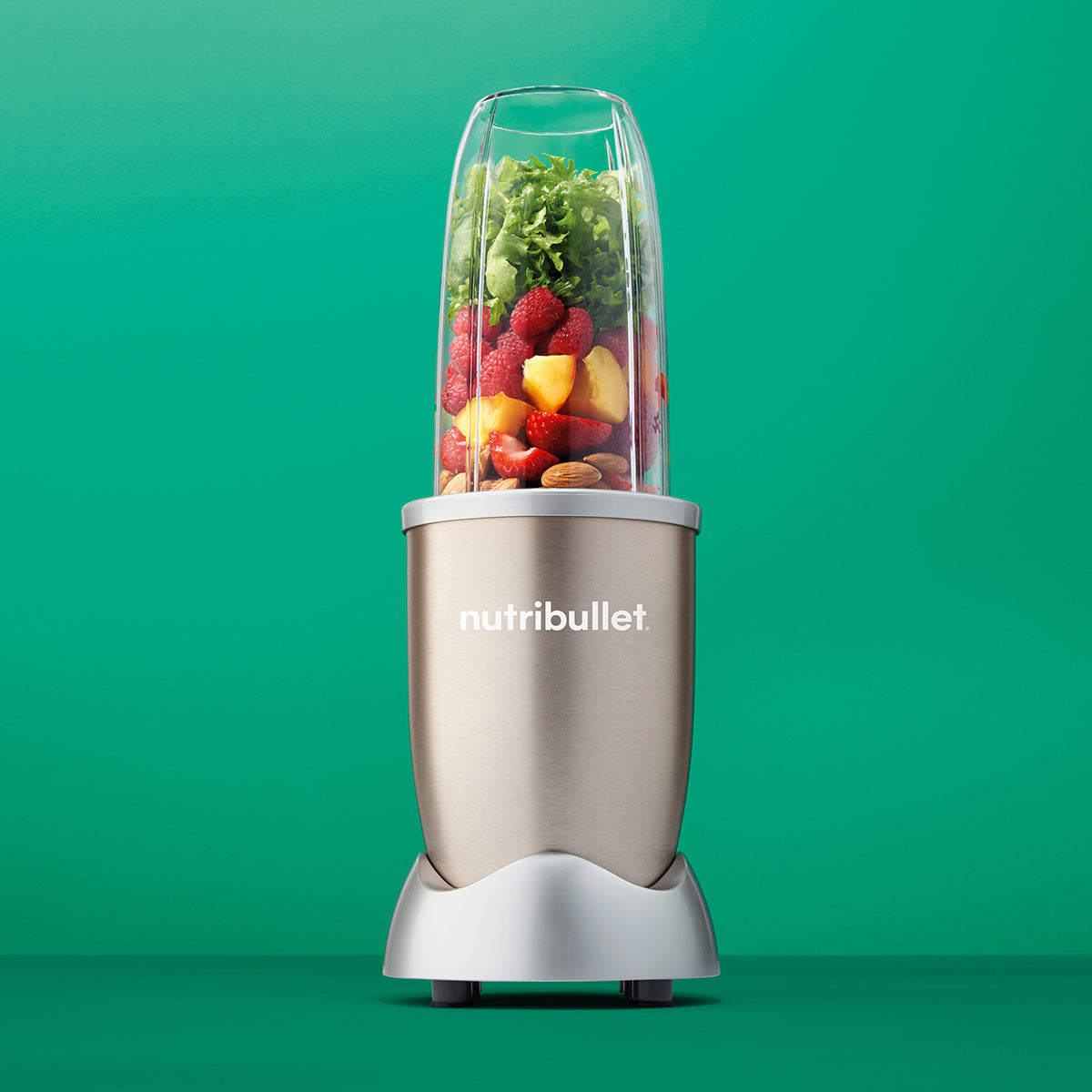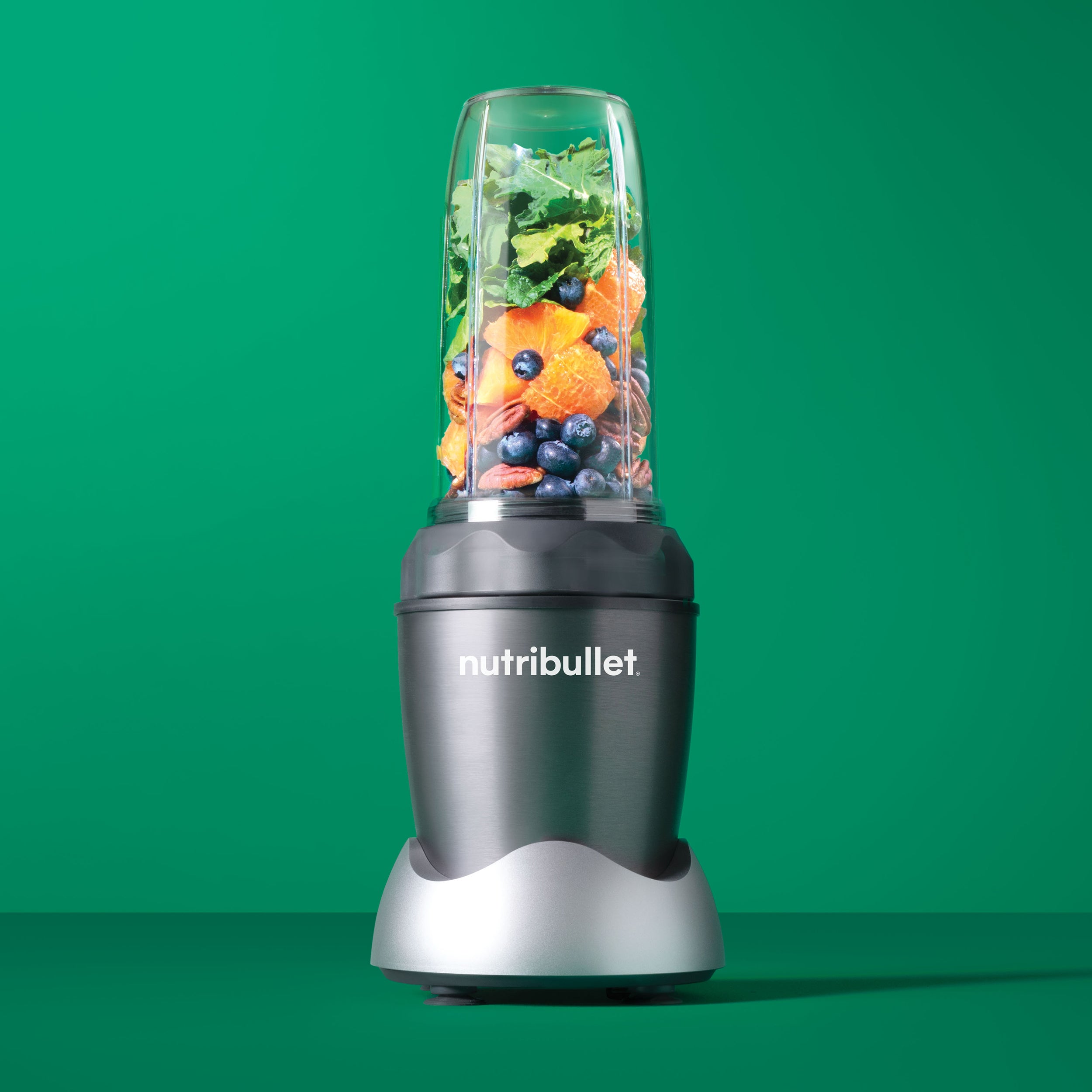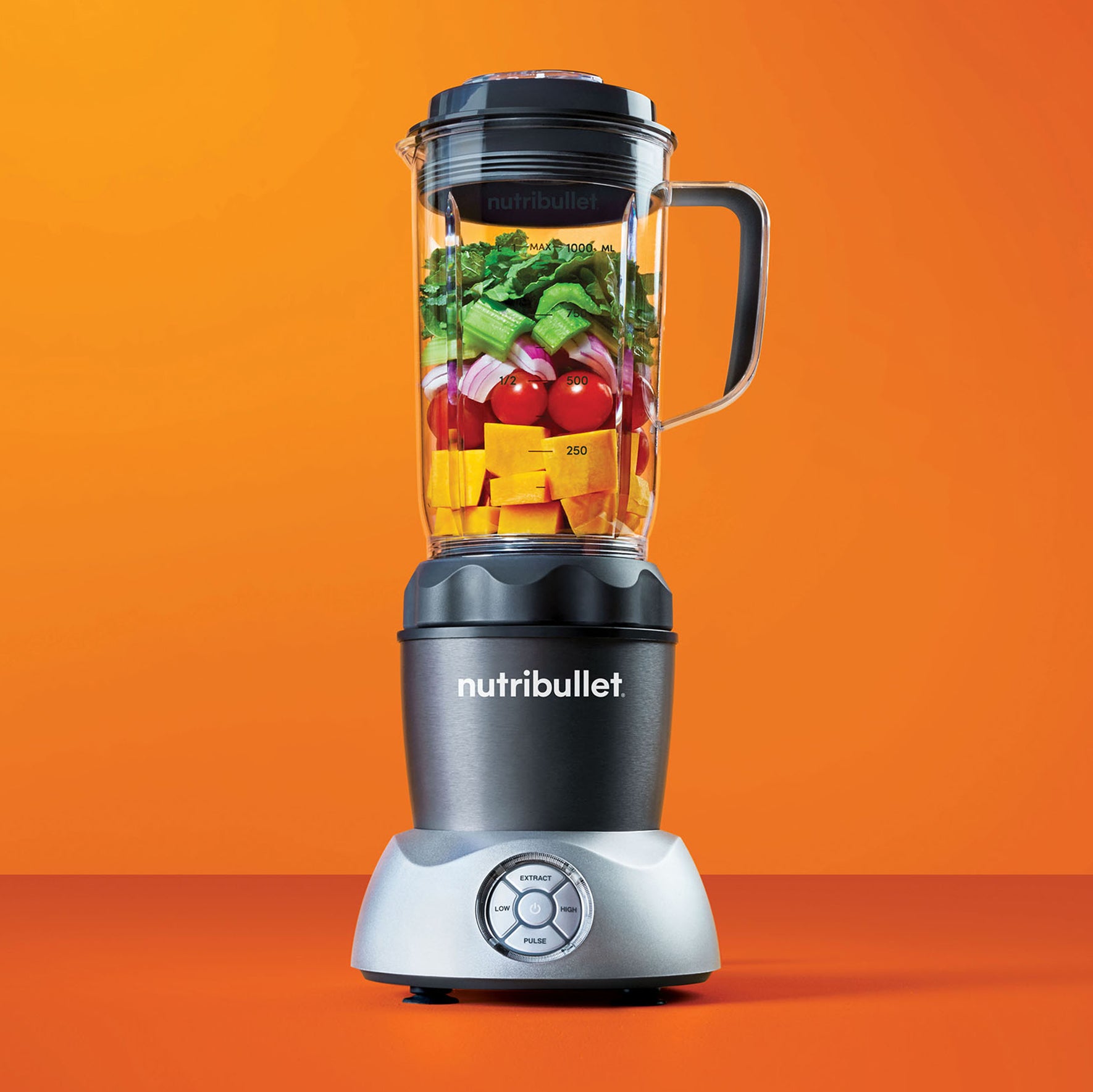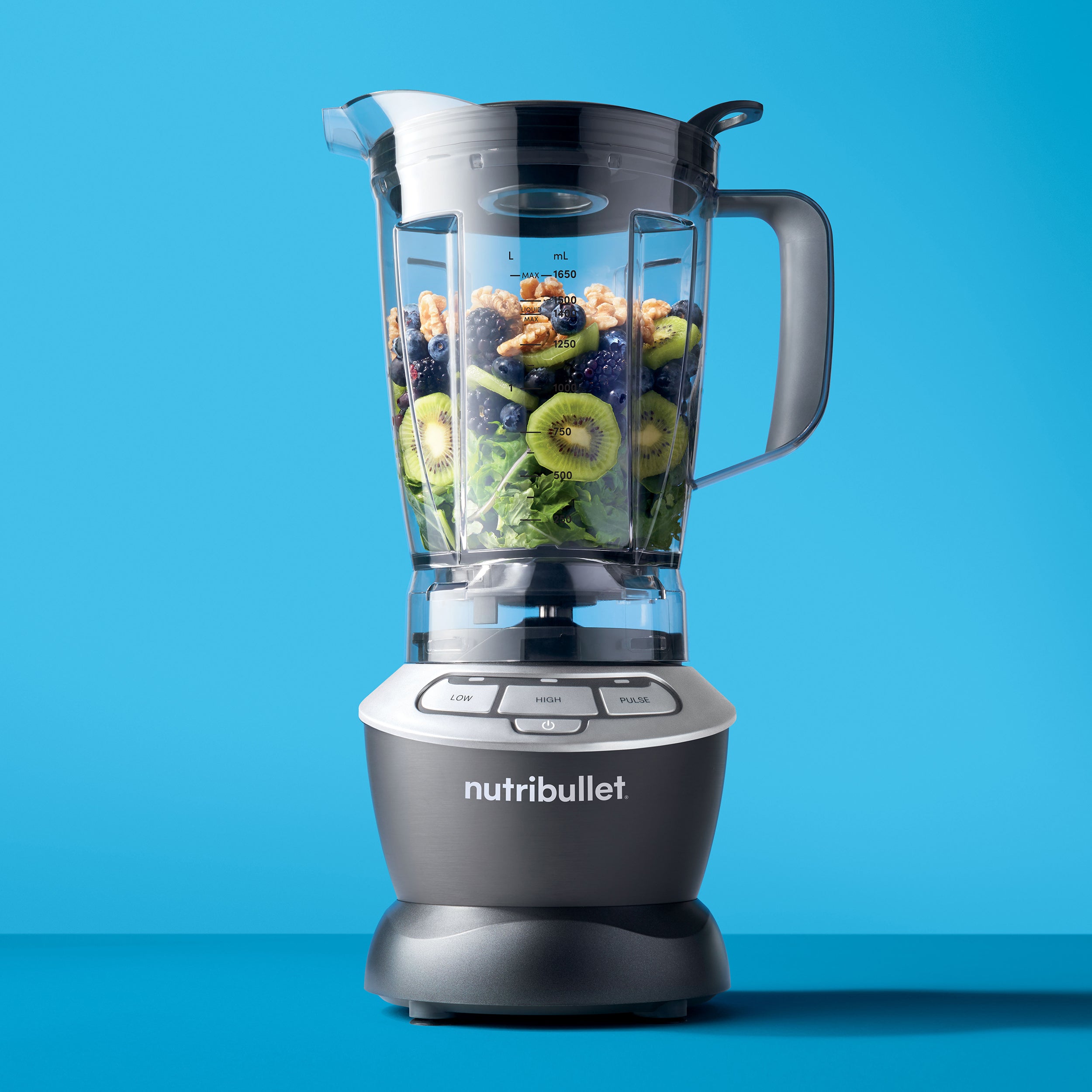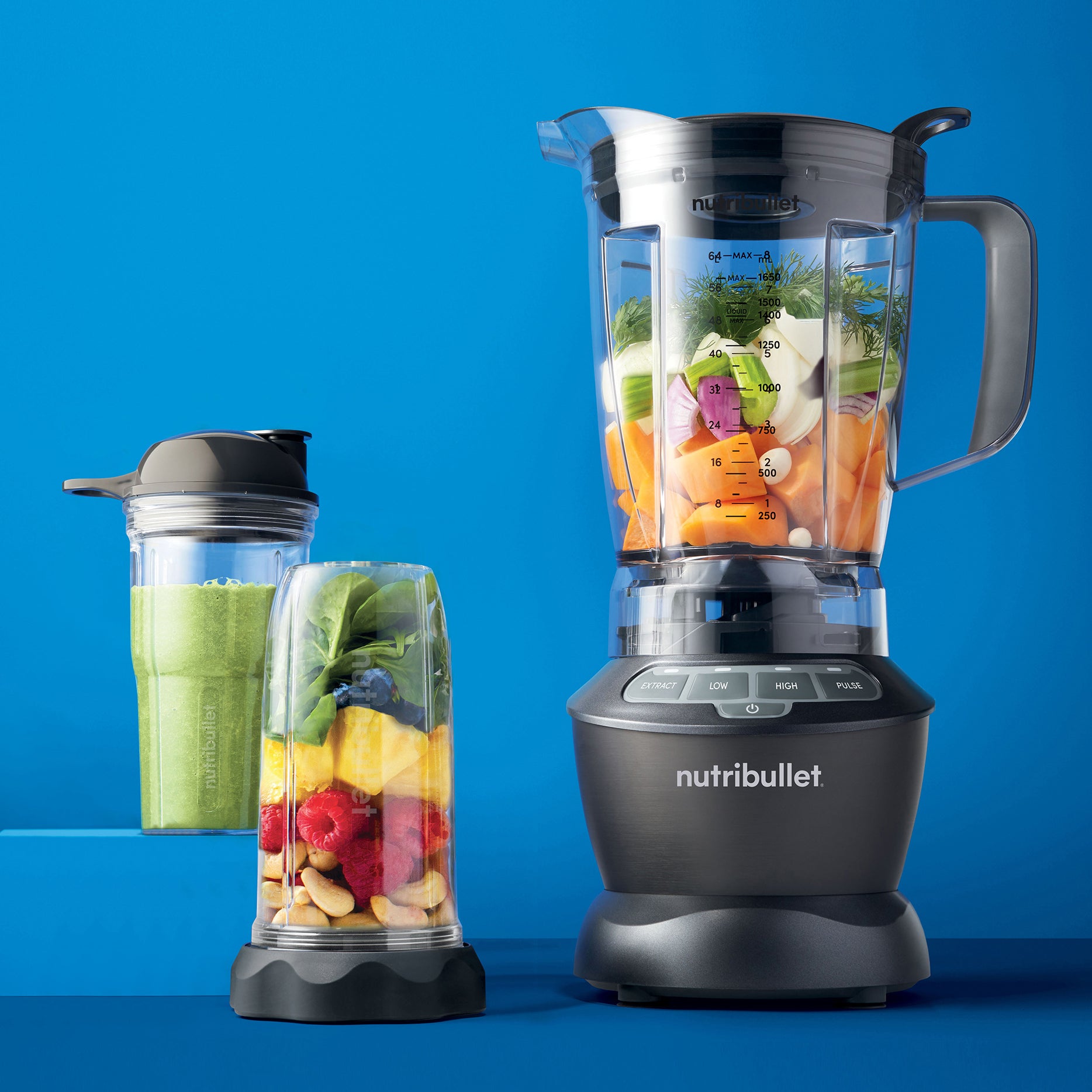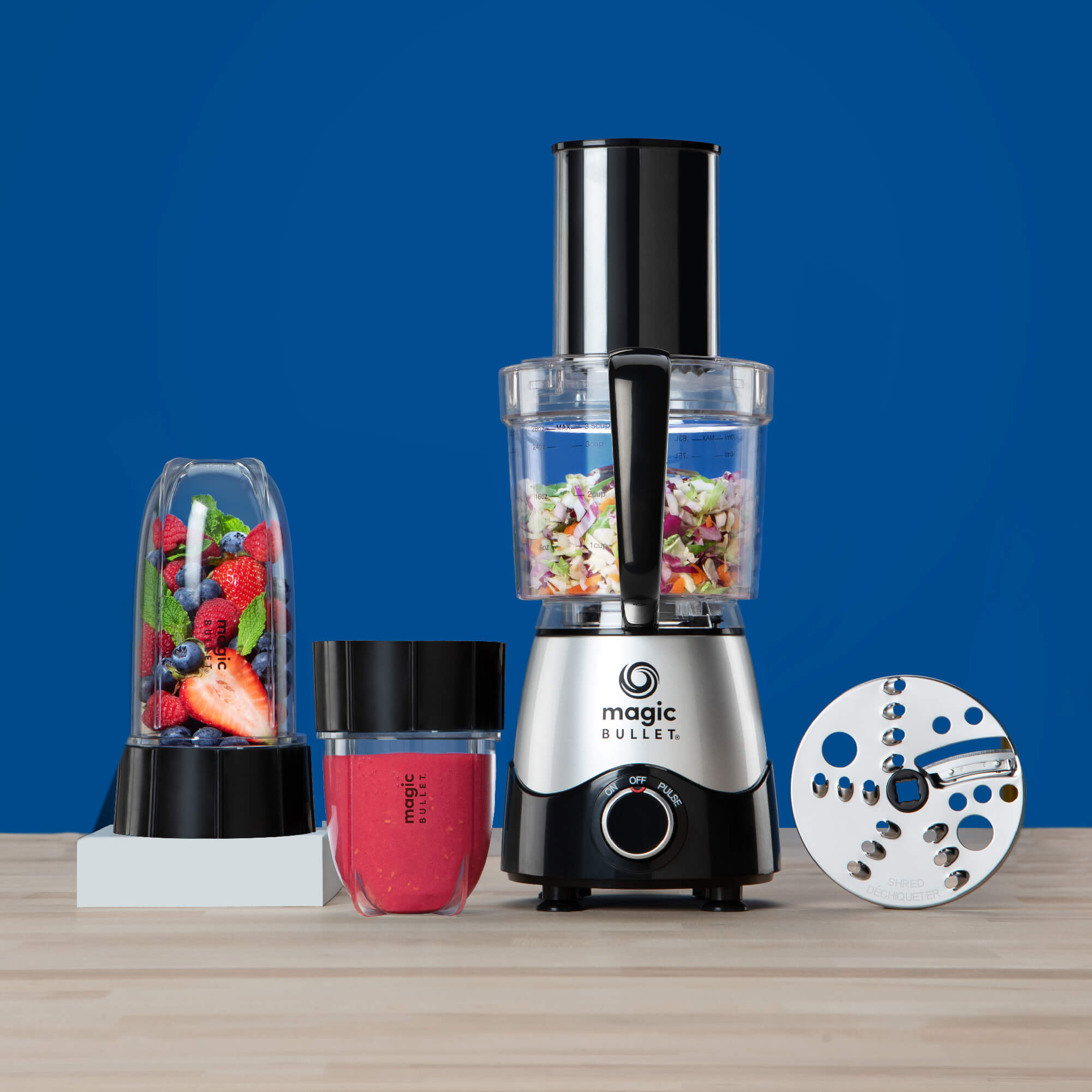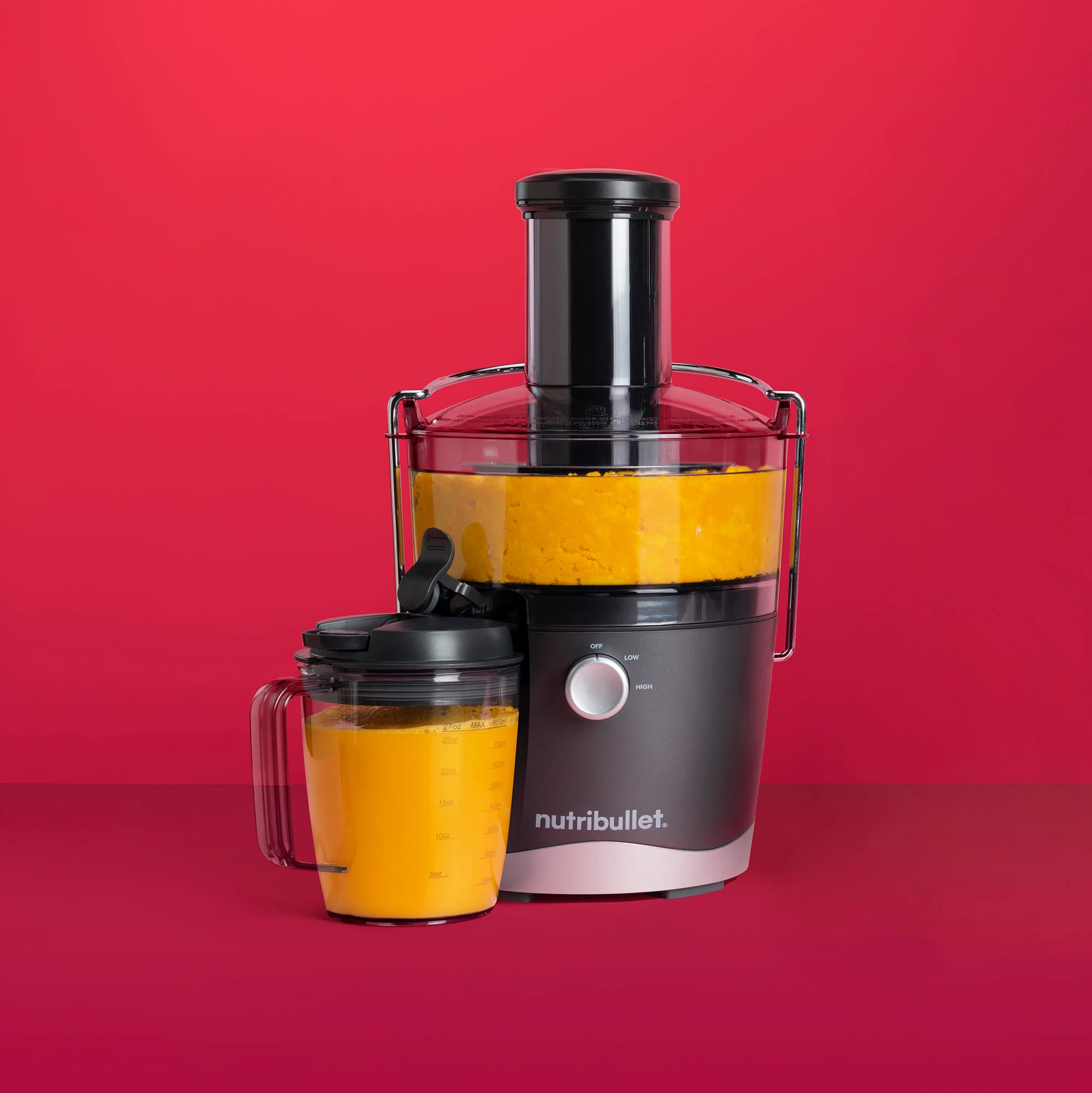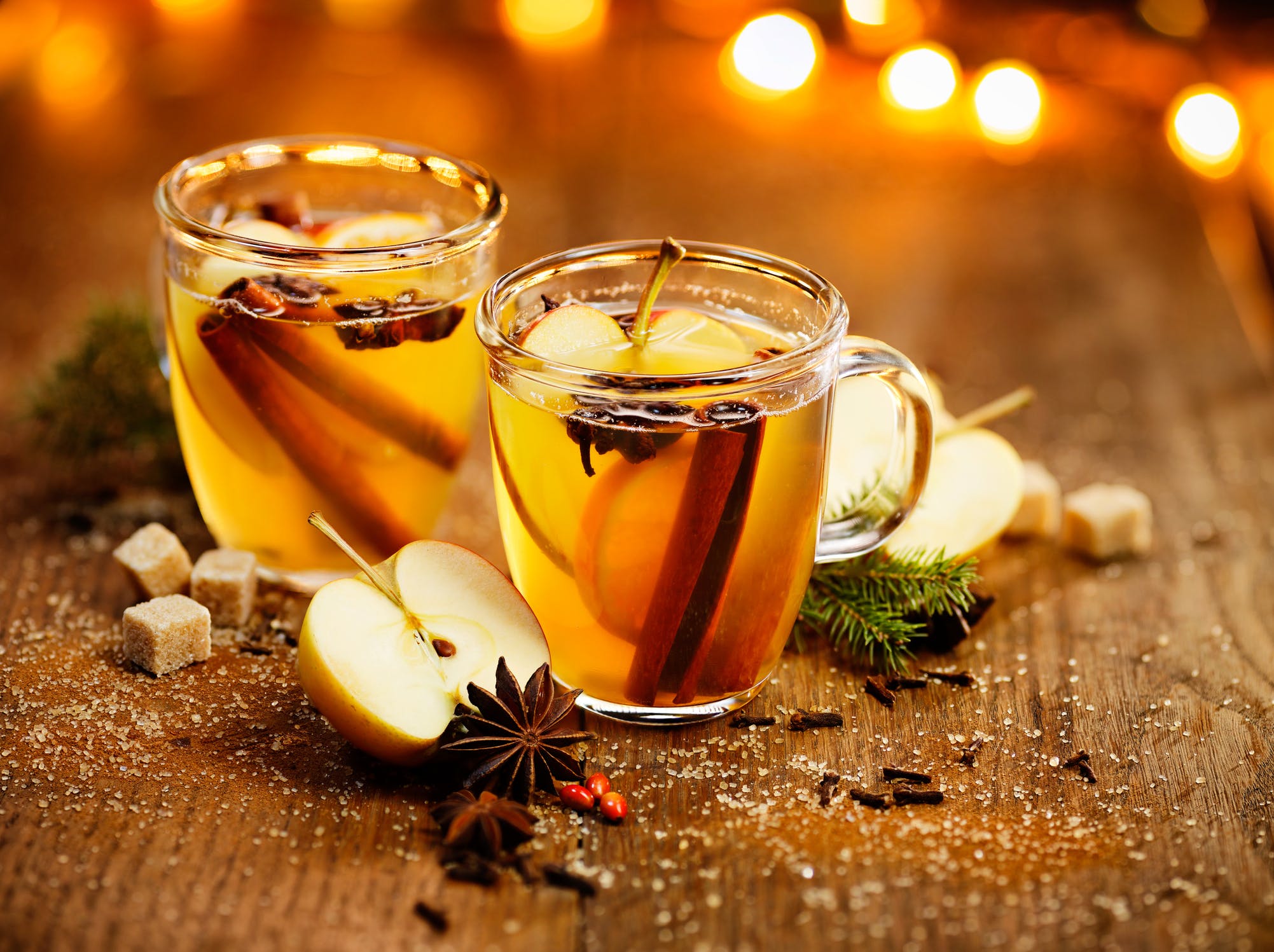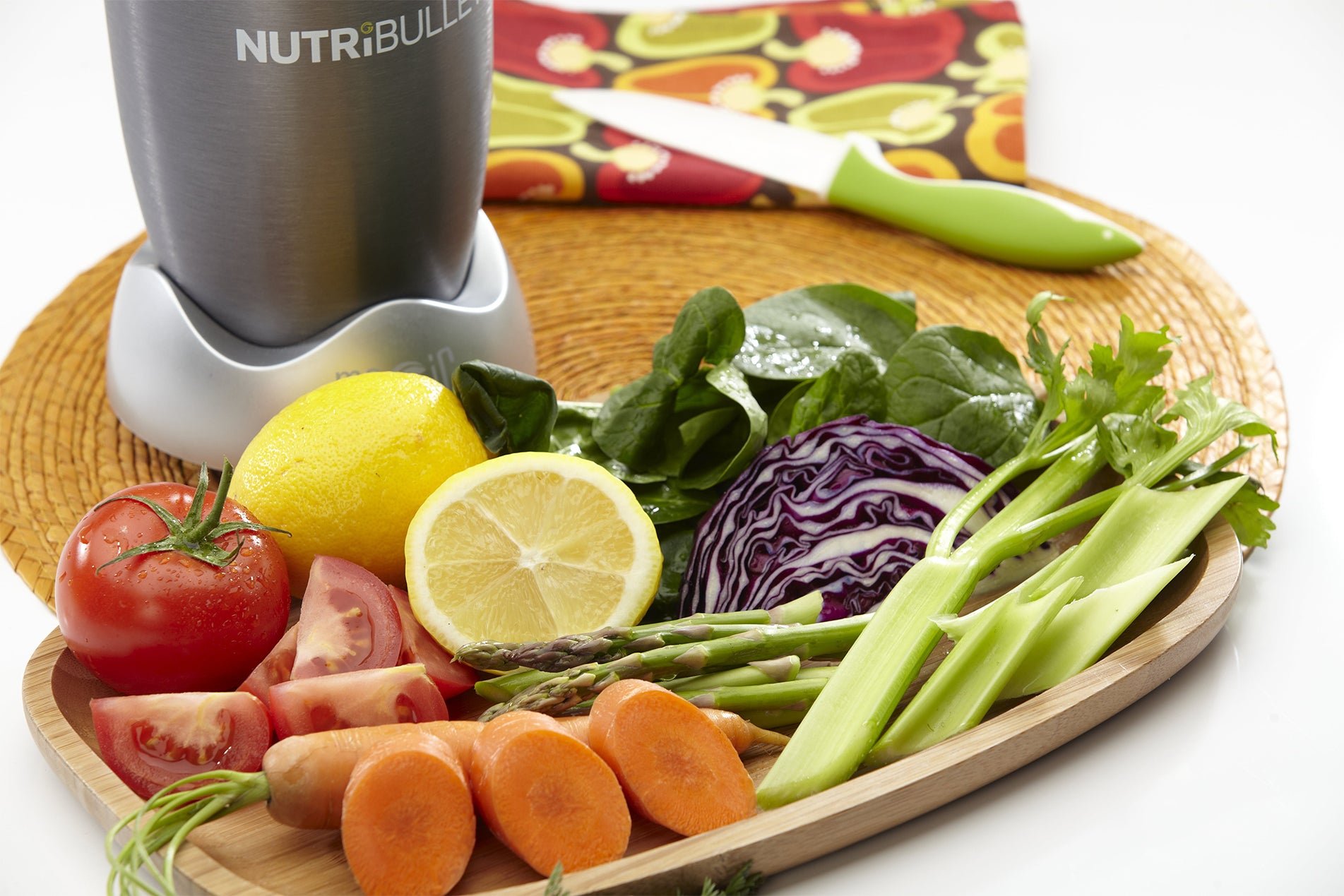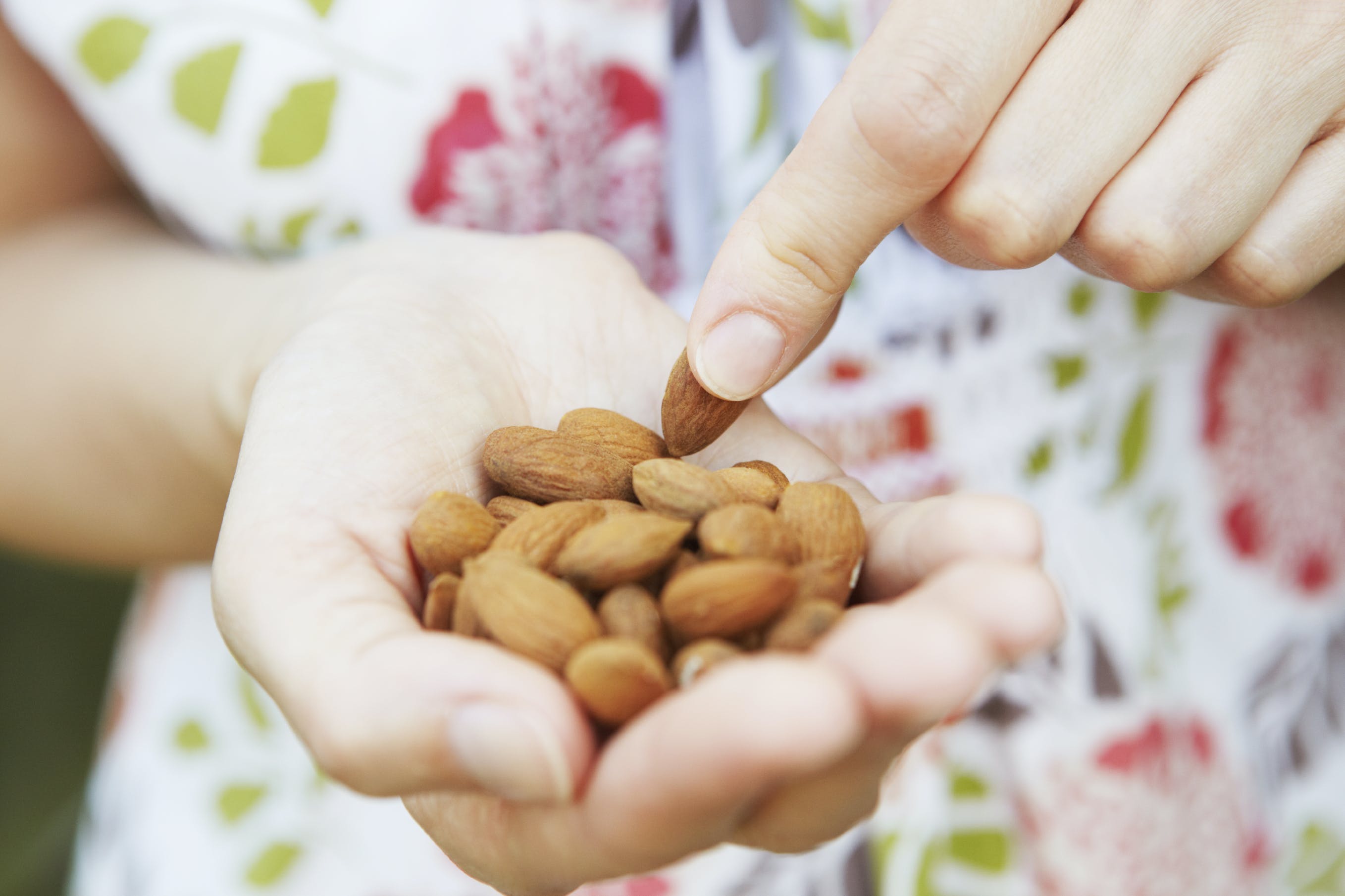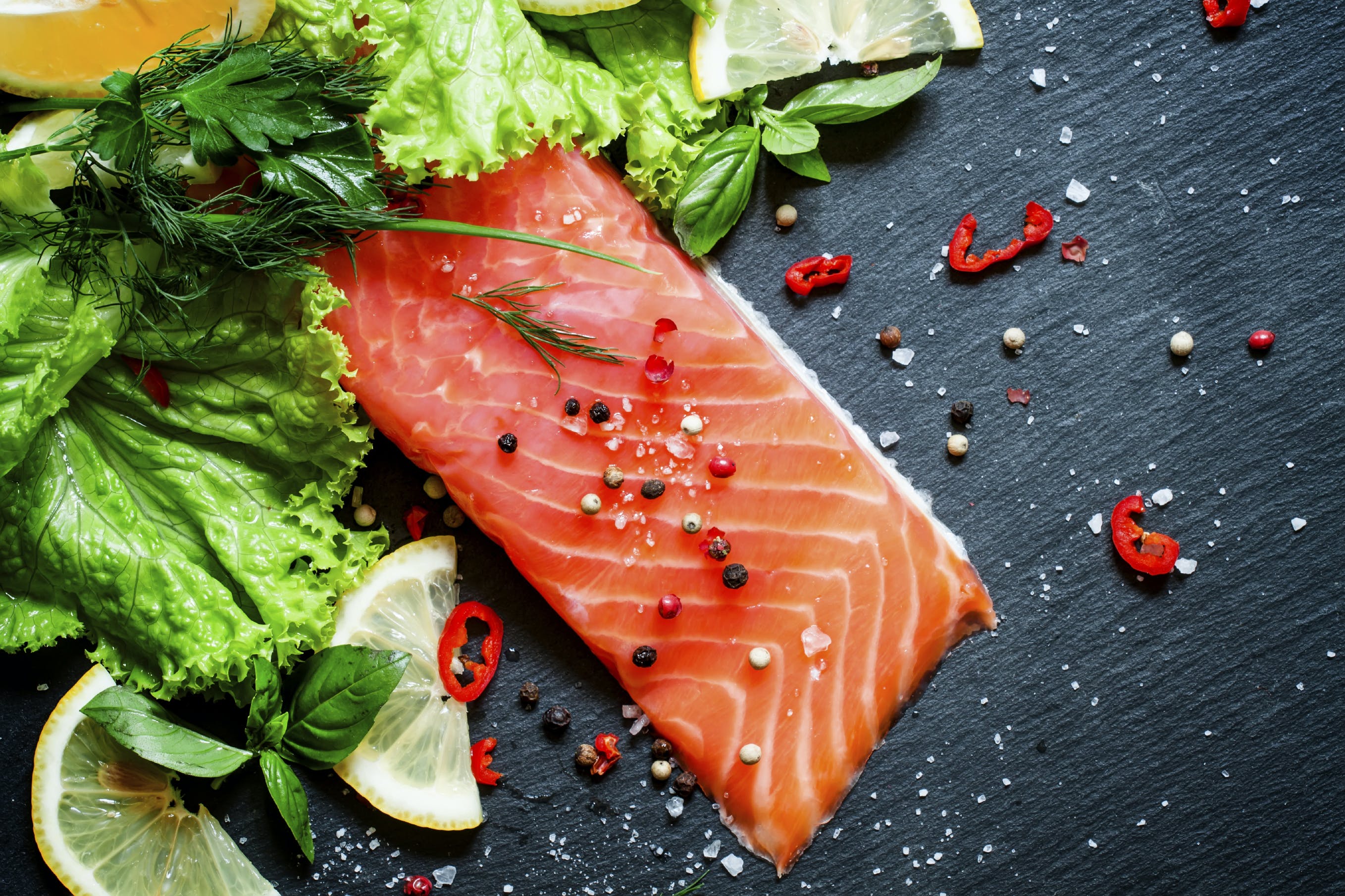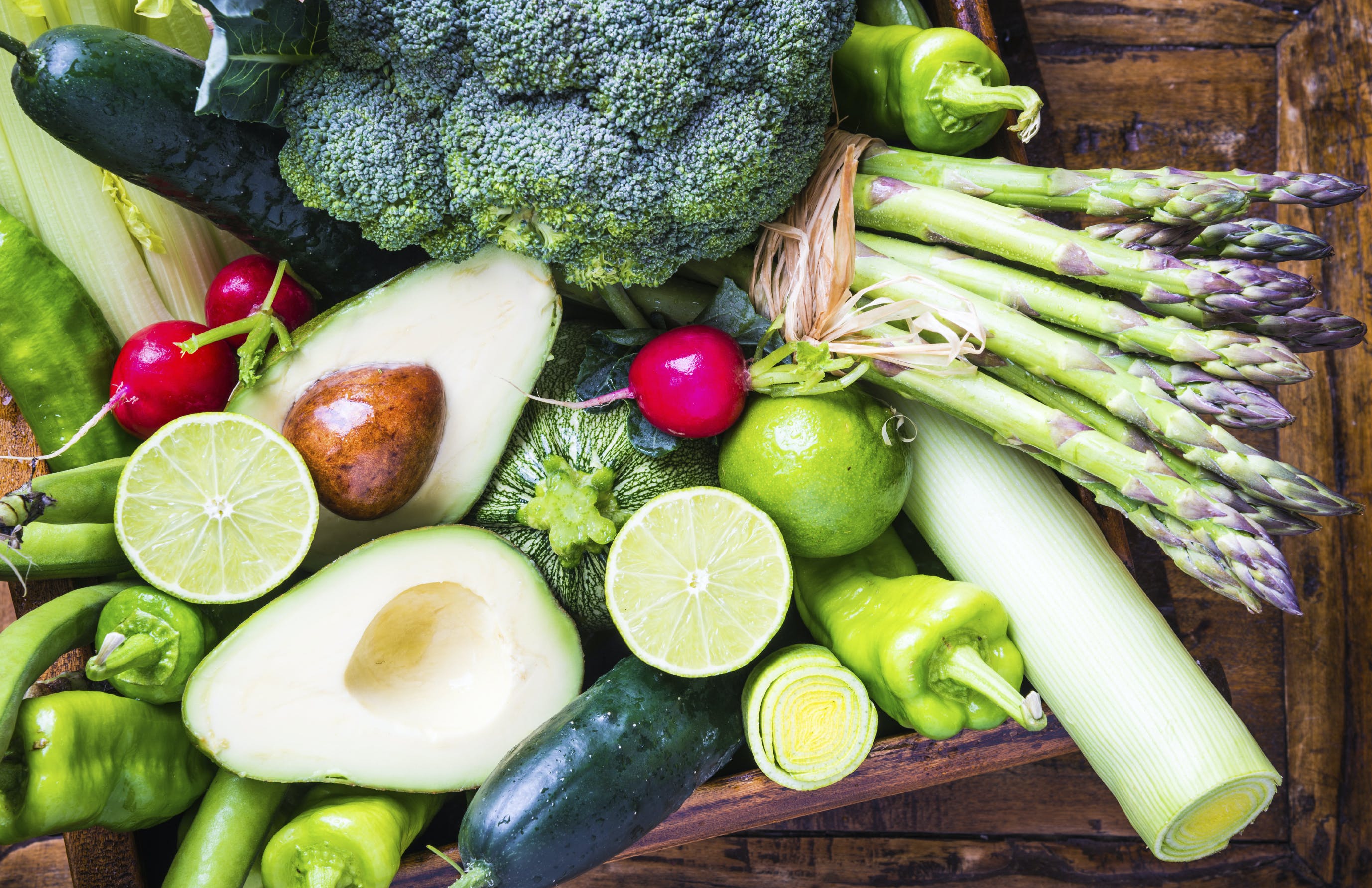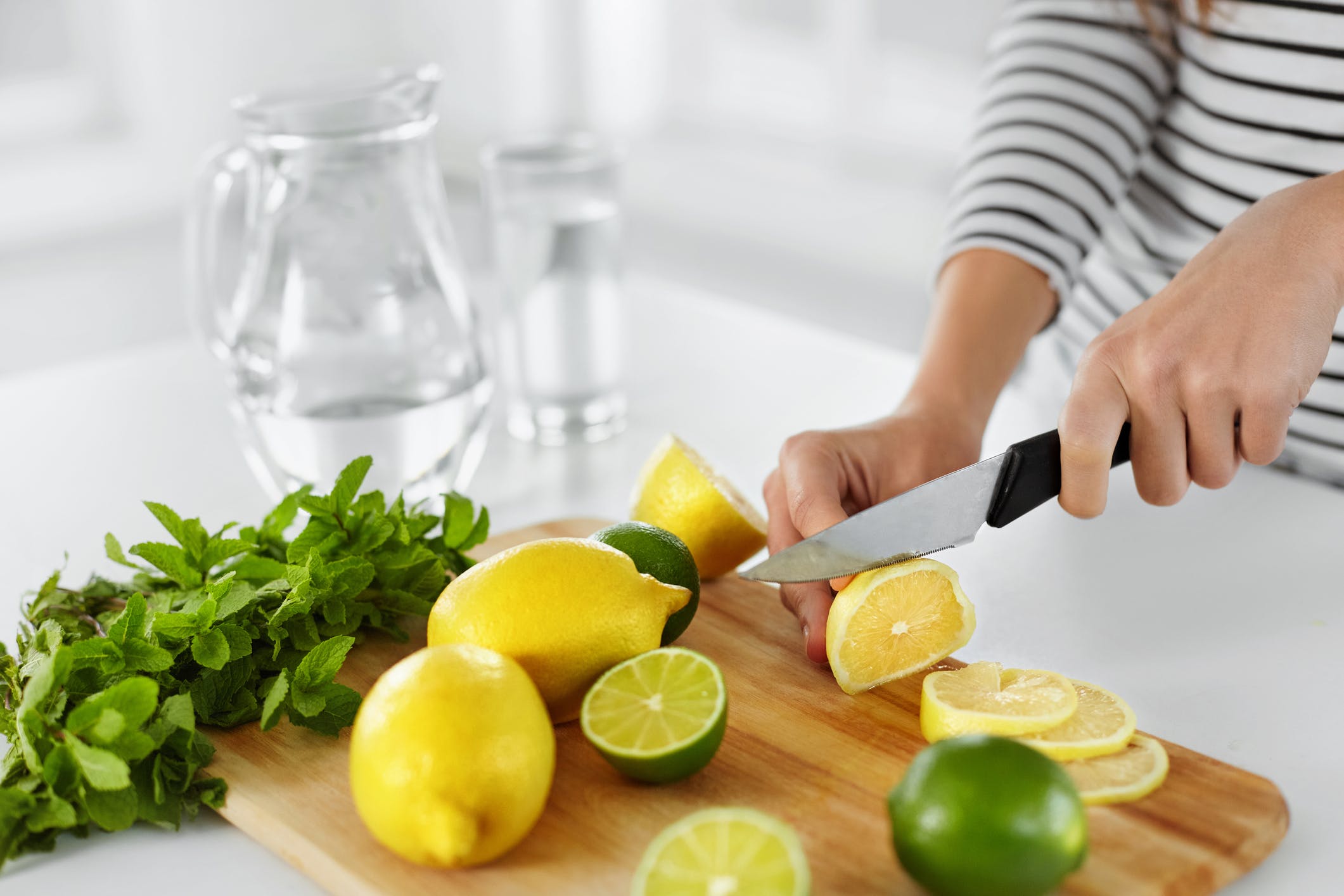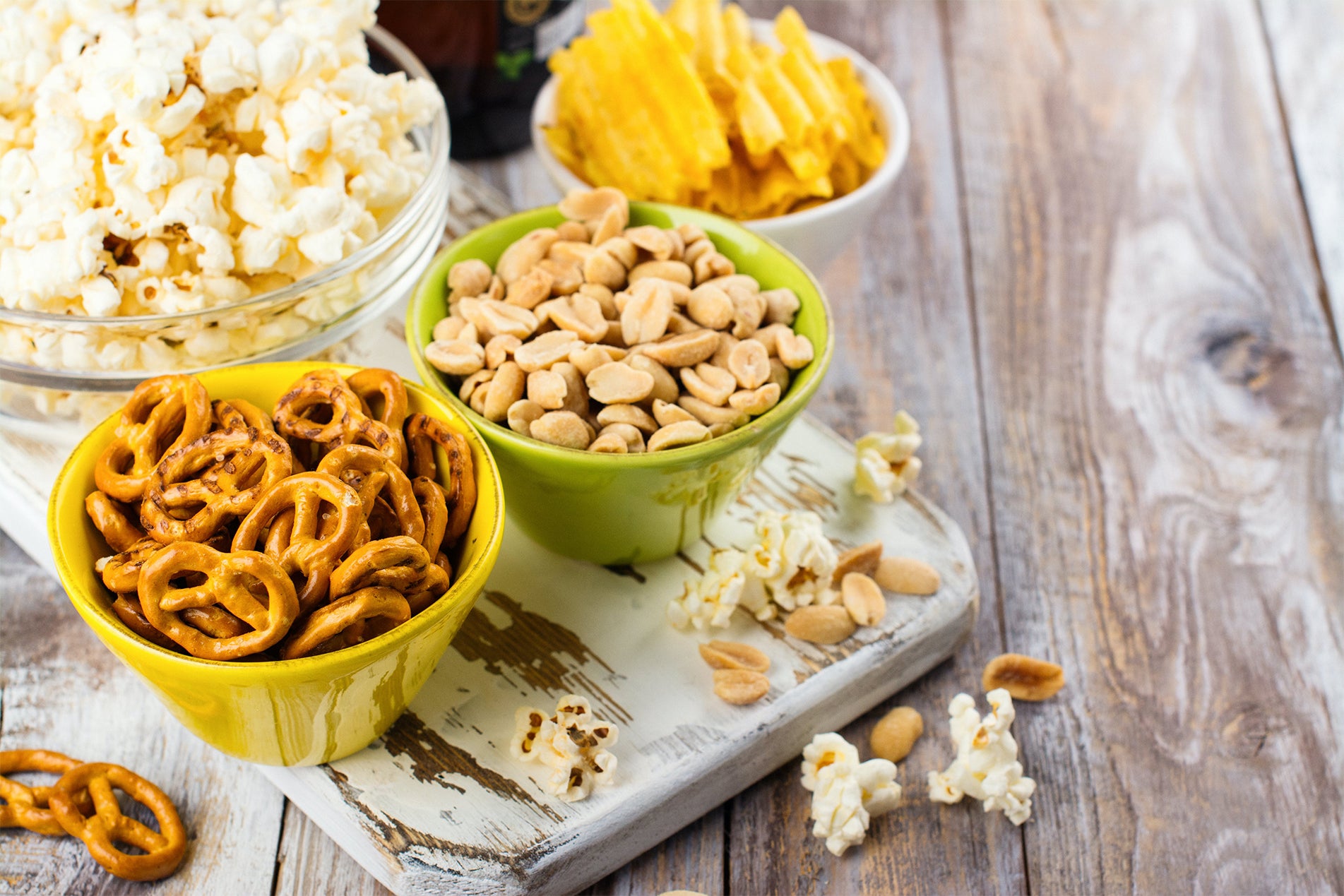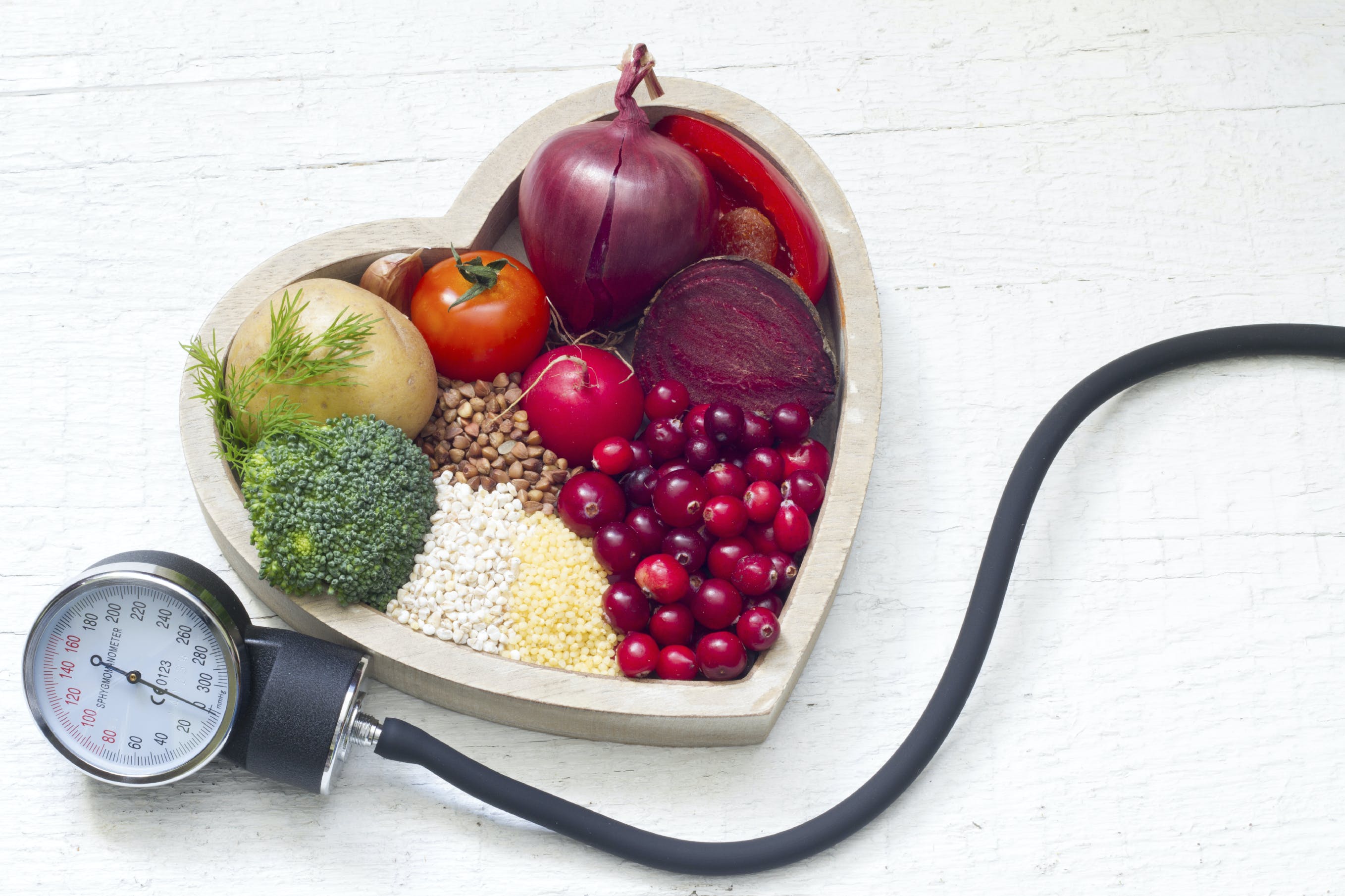Apple juice is everywhere – at breakfast bars, in our kids’ lunch bags, in vending machines. We can even order it on an airplane. It’s widely available and consumed throughout the year. But when the cool autumn weather blows in, we envision ourselves sitting by a crackling fireplace and stirring a warm glass of apple cider with a cinnamon stick.
So, which is the healthier choice: clear and refreshing apple juice or cloudy fermented apple cider?
While clear apple juice is hands down more popular, it turns out that cloudy apple cider is the healthier option. Apple cider contains higher amounts of antioxidants, specifically polyphenols. Polyphenols are abundant in richly colored fruits and vegetables. They’re linked to many health benefits that include decreasing the risks of breast cancer, lung cancer, and heart disease, along with improving mental function.
Since the skin and seeds are removed when making apple juice, most of the polyphenols are also eliminated. The polyphenol level in apple cider remains high because the solids aren’t filtered out when preparing the drink. However, nothing beats eating a whole apple since none of its nutrients are lost at all.
Professor Jan Oszmianski, a researcher at the Agricultural University of Wroclaw in Poland, compared apple juice with apple cider using electron paramagnetic resonance (EPR), which measures the activity of antioxidants. By measuring the EPR in both cloudy cider and in clear juice, he found that overall polyphenol activity was almost two times higher in cider than in juice. His research will soon be published in the Journal of the Science of Food and Agriculture.
In the end, the best way to get nutrients from apples is to eat the whole fruit as is. Although some apple juices and ciders aren’t artificially sweetened, they still contain high amounts of natural sugar. And just like any other high sugar product, they should be consumed in moderation.
Still, apples are excellent sources of antioxidants, which are essential for preventing some diseases and protecting us against aging and environmental damage. The bottom line is that both apple juice and apple cider contain antioxidants, with greater amounts in the latter. Whole apples contain the most.
There are many other foods that are high in polyphenols, including berries, cantaloupe, grapes, pears, plums, broccoli, cabbage, red wine, olive oil, green tea, and dark chocolate. And there are even more ways to work these foods and fresh apples into your next meal or smoothie.
If you need something warm to sip on during the cold autumn and winter evenings, cozy up to a hot mug of cinnamon-y apple cider. It’ll get you in the holiday spirit while providing your body with the essential antioxidants it craves!
Nutritional information
Recipe: Creamy Green Strawberry Dream Serving in this recipe:1
- Calories: 236.6
- Total Fat: 3.6 g 5.5%
- Saturated Fat: 0.4 g 1.9%
- Cholesterol: 0 mg 0%
- Sodium: 358.7 mg 14.9%
- Total Carbs: 45.7 g 15.2%
- Dietary Fiber: 9.9 g 39.4%
- Sugar: 22.1 g
- Protein: 8.1 g 16.2%
- Vitamin A: 481.9% Vitamin C: 244.1%
- Calcium: 68.5% Iron: 26.1%
* Percent Daily Values are based on a 2,000 calorie diet. Your daily values may be higher or lower depending on your calorie needs.

